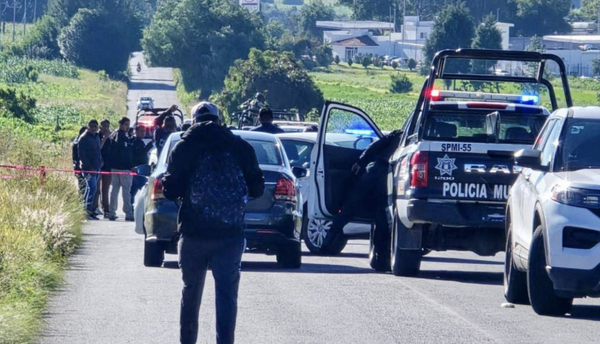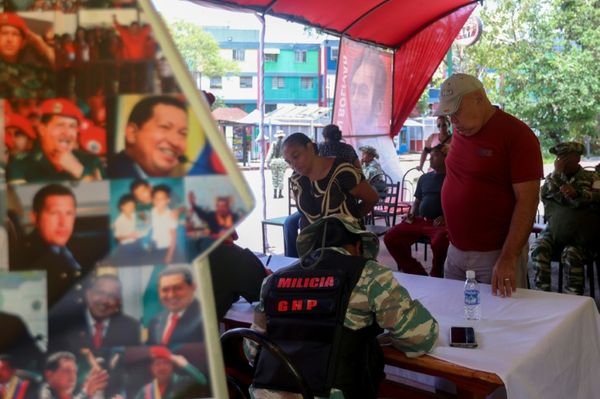
In a swift and unexpected move, a prominent off-campus house connected to a heinous murder case is being demolished at an accelerated pace, much to the dismay of the victim's families. The house, where four students tragically lost their lives due to a brutal stabbing, has become a haunting reminder of the terrifying incident that occurred earlier this year. While some of the bereaved families pleaded with university officials to preserve the building until after the trial of the suspected perpetrator, Brian Coburger, it seems their appeals fell on deaf ears.
Coburger, who stands accused of four counts of murder, is yet to have his trial date set. Despite the ongoing legal proceedings, the university has stood resolutely behind their decision to tear down the property. The demolition, which began ahead of schedule, commenced this morning in the presence of numerous onlookers. A colossal boulder was swiftly deployed, wreaking havoc on the second floor, as crews aim to complete the dismantling within a mere day.
University officials argue that the presence of the house, situated in plain sight from campus, constantly reminds the community of the chilling crimes committed within its walls. By removing this macabre symbol, they hope to create an environment conducive to healing and facilitate the forward progression of their students. Additionally, they assert that close collaboration with the prosecutor's office has guided their actions, ensuring compliance with legal protocols.
However, the decision to demolish the house, despite the objections of the victims' families, has sparked a debate over the emotional and intricate nature of the issue. While the university highlights the extensive efforts undertaken to cleanse the interior of the property through hazmat procedures, critics argue that significant evidence and potential grounds for jurors' assessment could be lost due to this hasty course of action.
One week ago, the prosecutor informed the university that the house had been deemed surplus to the needs of the investigation. Moreover, an Idaho code was invoked to justify the disregard for potential jury visits, as significant interior alterations were carried out during the probe. Nevertheless, the families of the victims, aware of the legalities, remain staunch in their belief that demolishing the house prematurely may hinder justice from being served.
The official demolition proceedings coincide with an outpouring of mixed emotions from the community, reflecting the complexity of the situation. While the removal of the house might offer a sense of relief for some, there is still an undeniable unease among those who question the potential consequences of such an irreversible action.
As the demolition progresses, it is important to acknowledge the steps taken prior to this event. Hazardous materials teams diligently sanitized the property, and family members were granted access to retrieve personal belongings, mitigating any potential health risks. It remains to be seen how this contentious development will impact the pending trial and the lives of those affected by this harrowing tragedy.







